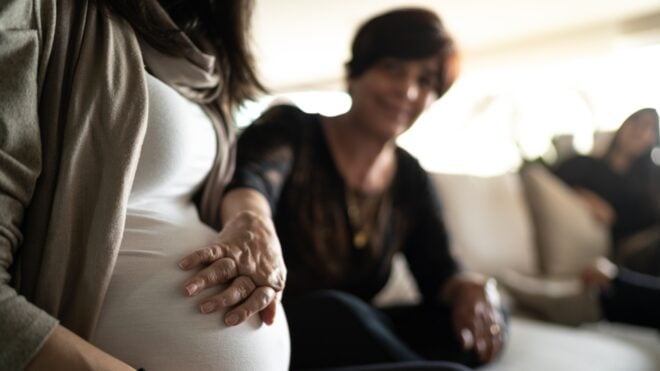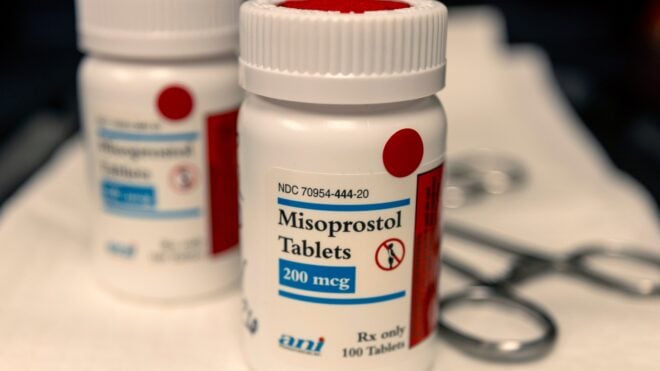Everyone has a belly button, but have you stopped to take a look at yours recently?
Chances are, probably not. We've all had belly buttons for far longer than we can remember. We just accept them as that odd little gap in our stomach.
Of course, our navels, or umbilicus, as they are technically called, are remnants of what helped keep us alive and nourished in the womb.
Kids Health goes further, explaining that the umbilical cord is a "flexible tube that carries oxygen and nutrients from the mother to the baby."
Since we float in liquid in the womb, the cord is the only way for us to get all of the good stuff we need to grow and survive.
Our belly buttons serve as a reminder of this, but that doesn't make them any less fascinating.
Check out a few things you probably never knew about your own belly button below.
Thumbnail Photo: Wikimedia Commons / Bologini
1. Only 10% Of People Have Outies
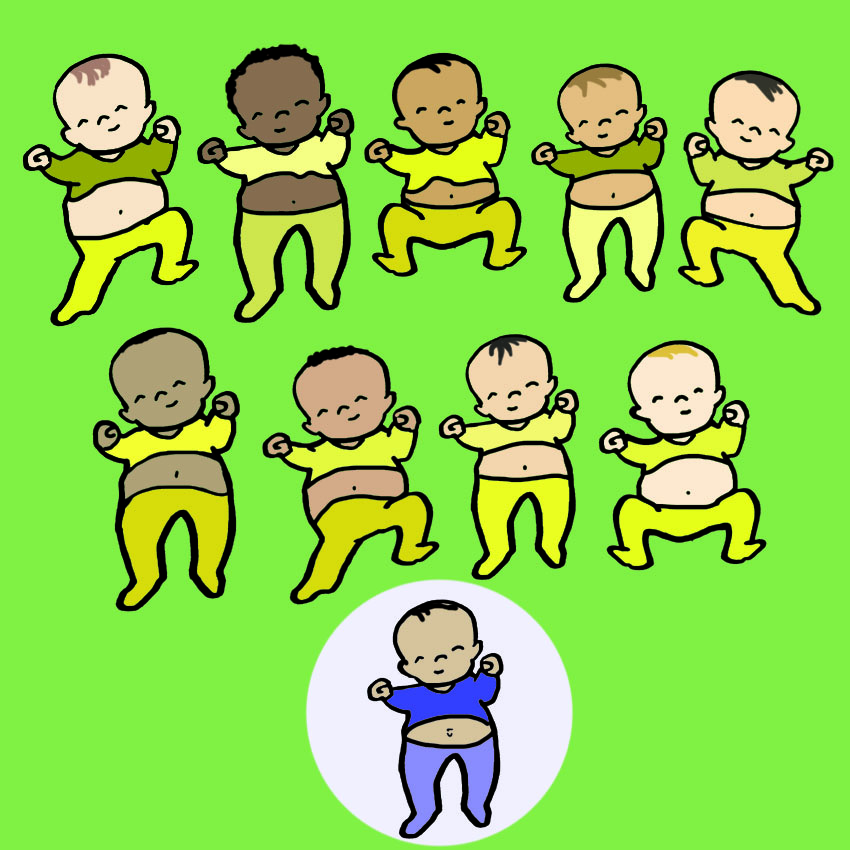
There are two main types of belly buttons that people have: innies and outies.
Although innies are usually deemed more desirable, outies are actually far rarer.
According to the American Museum of Natural History, only 10% of people in the world even have outies.
2. Cord Cutting Doesn't Determine Belly Button Type
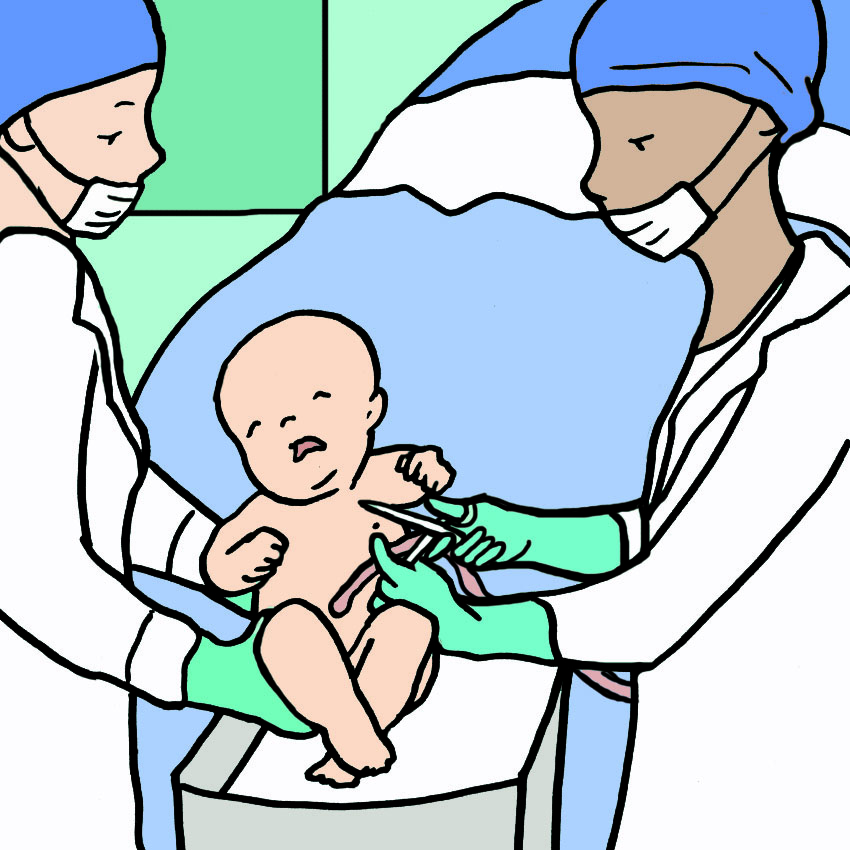
There has been a rumor flying around that leads people to believe that cord cutting determines what type of belly button you have. This is a common misconception.
3. Belly Button Type Is Determined Inside The Womb
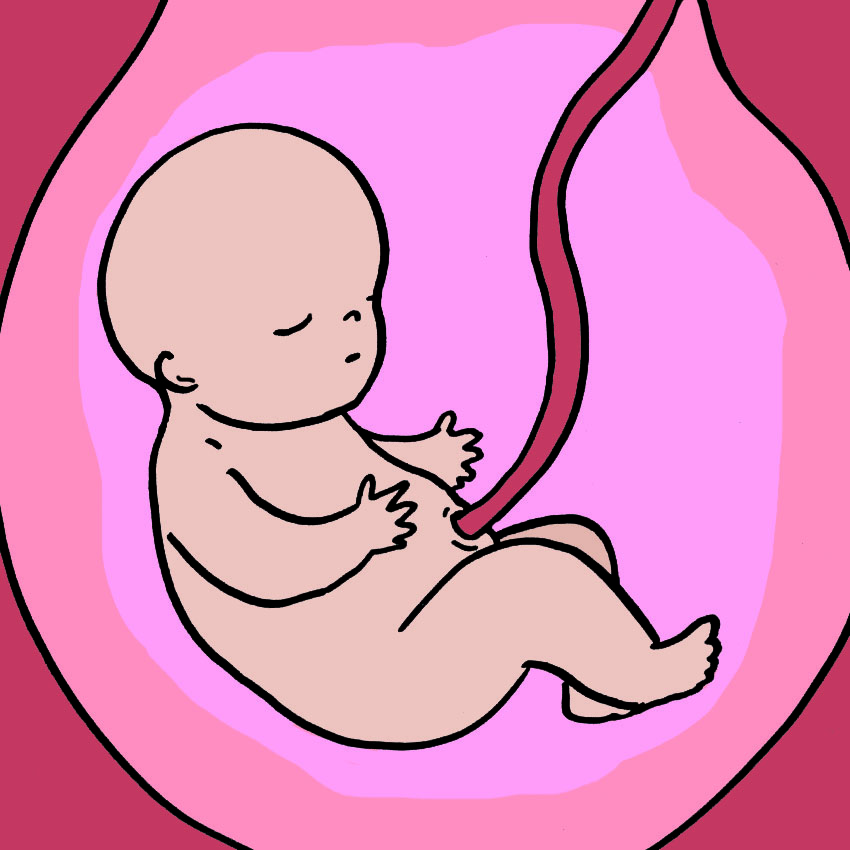
In reality, whether you have an innie or an outie depends on how your skin grows around the cord in the womb.
AMNH explains that whether your skin folds in or out to make an innie or outie happens during the healing process, depending on which way your skin folds.
4. Being Pregnant Can Turn An Innie Into An Outie
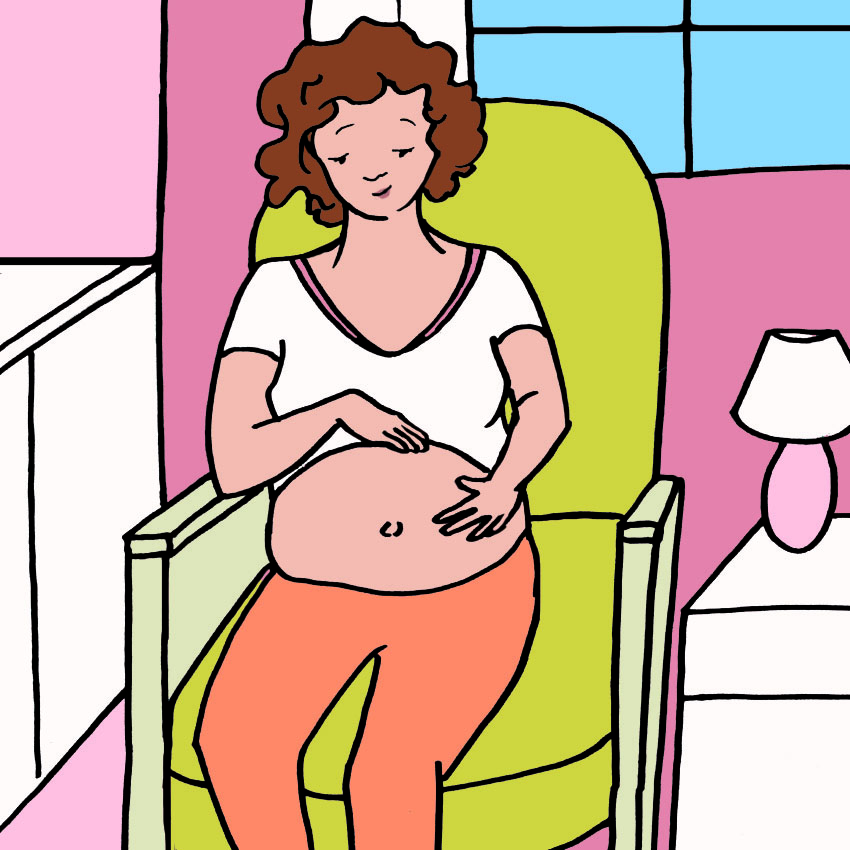
Your body goes through a lot of changes during pregnancy. One of them could affect your belly button.
According to Office on Women's Health, the pressure from the inside of your growing stomach could cause your belly button to stick out during the third trimester.
5. There Is A Such Thing As A "Perfect Navel"

"Perfect" is always a relative term, but researchers seem to think there is such a thing when it comes to our navels.
The US National Library of Medicine says plastic surgeons determined that the ideal navel is a "T- or vertically shaped umbilicus with superior hooding."
Again, beauty is in the eye of the beholder, including belly buttons.
6. Thousands Of People Get Belly Button Surgery Per Year
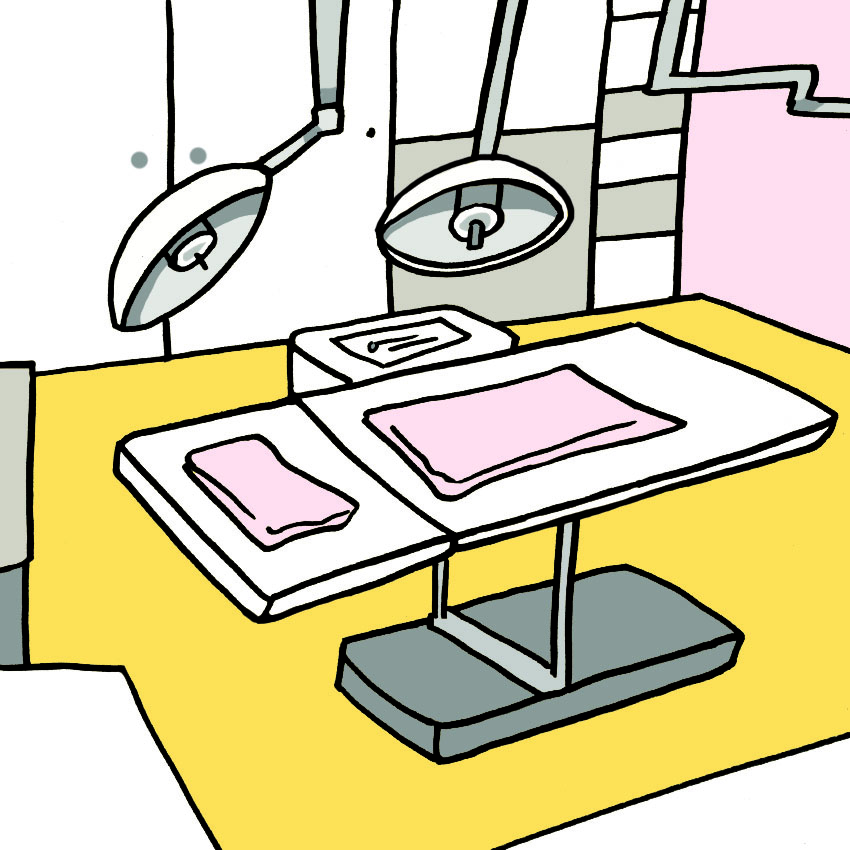
Speaking of the "perfect navel," plenty of people decide to go under the knife to get their own.
The American Society for Aesthetic Plastic Surgery reports that hundreds of thousands of people get their belly buttons taken care of while they get tummy tucks. A couple thousand even go in for belly button surgery alone.
7. Lint Comes From Clothes
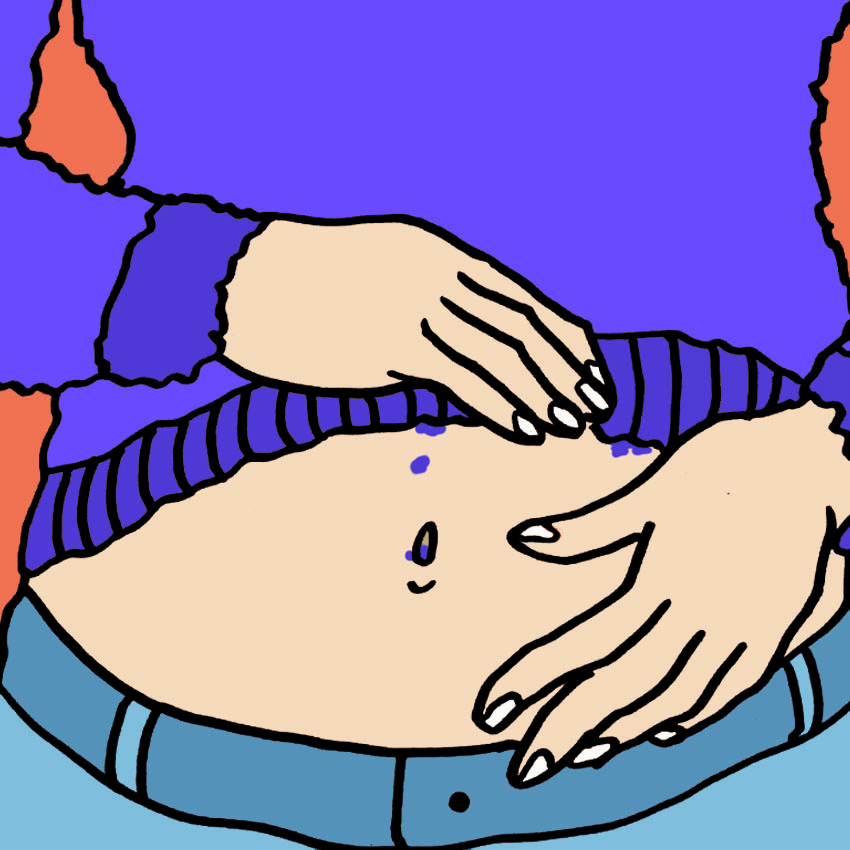
It's always a little alarming to find anything in your belly button, especially something that your body doesn't produce, like fuzz.
Belly button fluff is just an accumulation of fibers from our clothes that spend so much time near our belly buttons.
8. All Mammals Have Belly Buttons
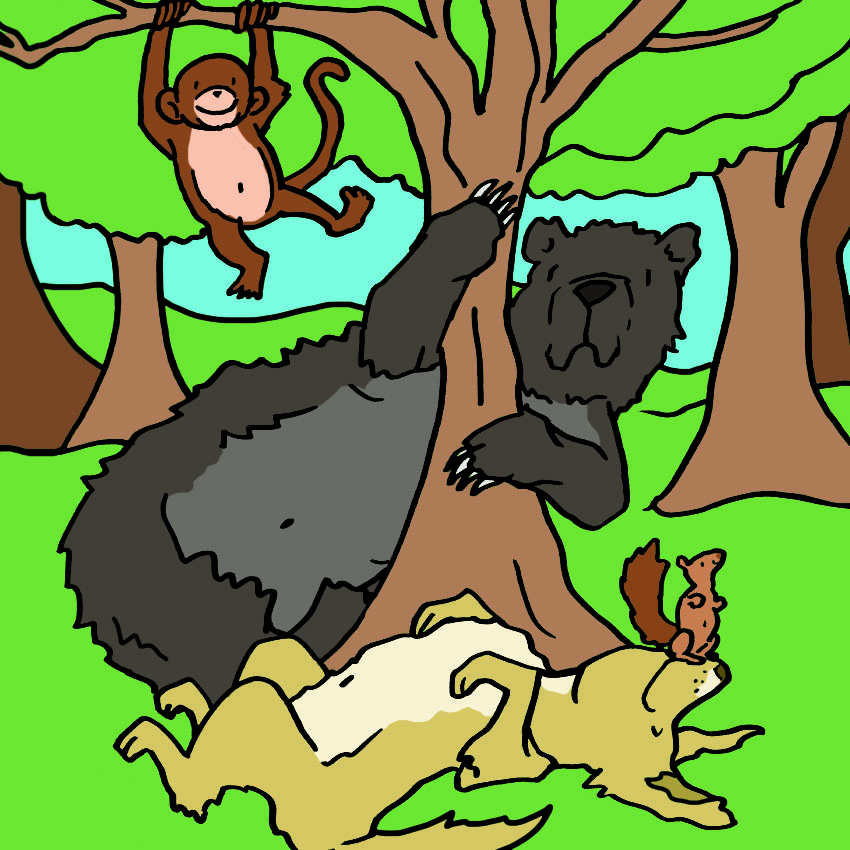
Humans aren't the only creatures with belly buttons. We share this trait with all mammals.
Mammals all develop inside their mother's wombs, with very few exceptions.
This means every mammal once depended on an umbilical cord, leaving them with a belly button. It's just that you usually can't see them because most mammals have fur.
Be sure to SHARE these fun facts with anyone you know who has a belly button!


